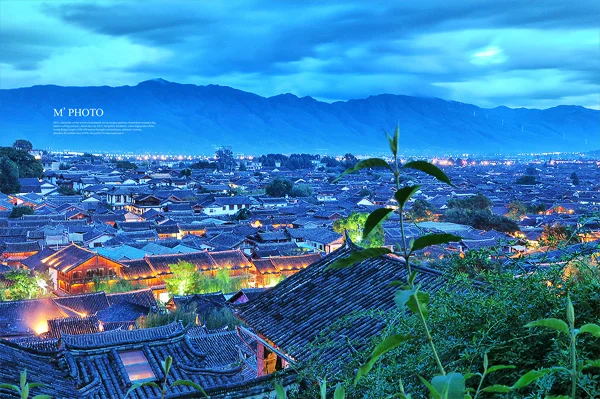
When mentioning Dunhuang, many people will have images of the sky full of yellow sand, the "Flying Sky" and ancient Buddhas in the Mogao Grottoes, the strong Western customs, and the desolate Gobi. Although the glory of Dunhuang has gradually been lost in history, the former glory here can still be seen.
"Dunhuang" originally means "grand". This word is enough to highlight the illustrious past here.
Dunhuang is located at the westernmost end of the Hexi Corridor and is a famous city on the ancient Silk Road. Historically, it was the only passage from the Central Plains to the Western Regions and even Europe. It was the confluence of the four ancient civilizations of China, India, Greece, and Islam. It was also a grand stage for the gathering of ethnic groups in the Western Regions. It is full of exotic customs and ancient legends.
The Mogao Grottoes, shrouded in history, are known as the "art museum in the desert" and the "spiritual oasis of art and faith". They are the biggest reason for most travelers to visit Dunhuang. The Mogao Grottoes are the largest and richest Buddhist art site in the world. Because it contains profound history, glorious culture, high artistic achievements, and devout beliefs, it is known as a "must visit once in a lifetime" place.
besides,Mingsha Mountain环抱中的绿洲月牙泉、西部荒凉的沙漠戈壁、西千佛洞中沉默的神佛、奇异的雅丹“魔鬼城”、存在于诗词歌赋中的玉门关和阳关、敦煌城中的瓜果与美酒、秋天时金黄色的胡杨林……这一切,都描摹出了敦煌的传奇姿态。这座曾经风情万种的苍茫大漠,至今仍流光溢彩。
